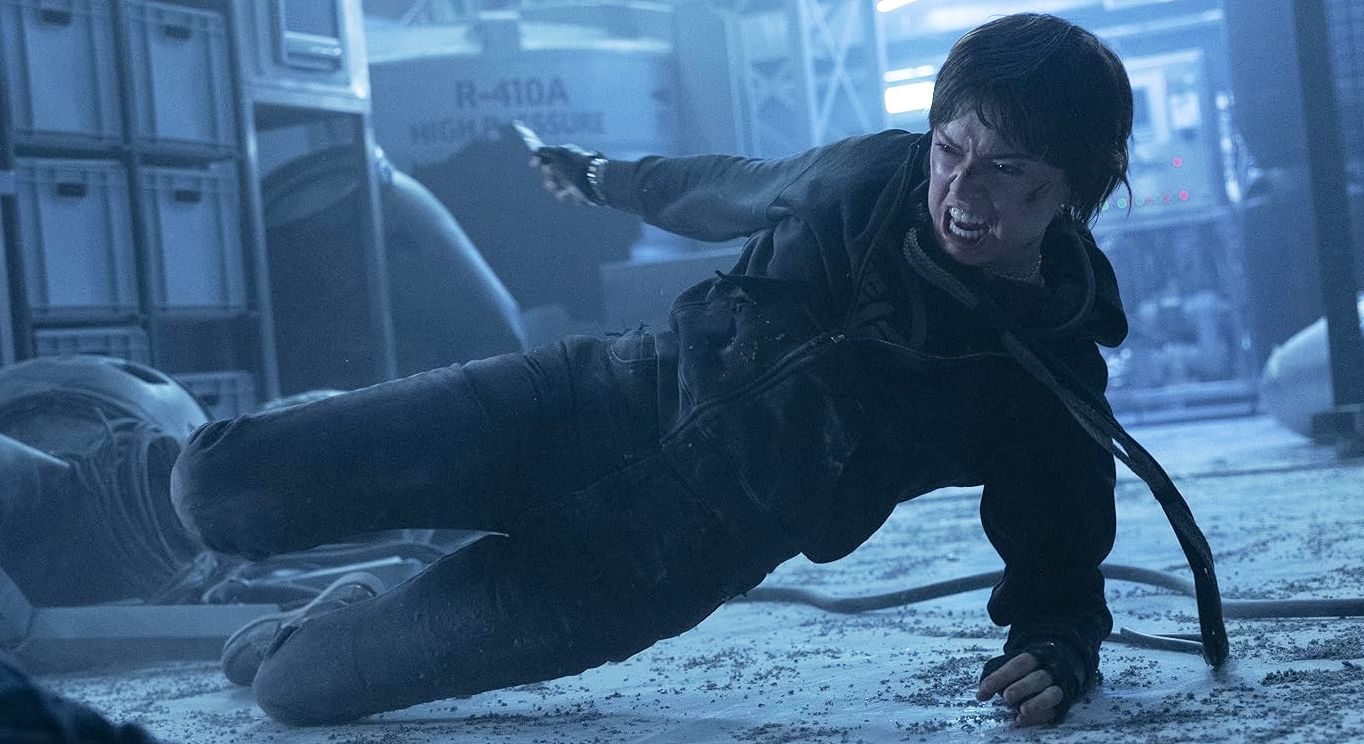 Time for our 12th annual preview of what might be to come in the year ahead for action heroine fans. But first, a review of 2024, which was… a mixed bag. On the plus side, Furiosa: A Mad Max Saga came out, and I really liked it. On the other hand, going by the box-office, I might have been the only one, merely the biggest failure of what has been a continued dismal run for GWG in the movies. The second part of Rebel Moon was… not good, and the Netflix animated version of Tomb Raider was mediocre. There was positives, however: Griselda lived up to expectations, and The Shadow Strays came out of nowhere to deliver the year’s hardest-hitting action.
Time for our 12th annual preview of what might be to come in the year ahead for action heroine fans. But first, a review of 2024, which was… a mixed bag. On the plus side, Furiosa: A Mad Max Saga came out, and I really liked it. On the other hand, going by the box-office, I might have been the only one, merely the biggest failure of what has been a continued dismal run for GWG in the movies. The second part of Rebel Moon was… not good, and the Netflix animated version of Tomb Raider was mediocre. There was positives, however: Griselda lived up to expectations, and The Shadow Strays came out of nowhere to deliver the year’s hardest-hitting action.
Next year has some promising titles though. Carrying forward from last year we have Ballerina, which… Well, we’ll get into that. The even longer-delayed In the Lost Lands, looks finally to be coming out too. Below, you’ll find more information on both of those, as well as a good number of other projects, currently slated for release in 2025. More or less, anyway. As we’ve seen previously, any dates given will be subject to change. In addition, like Strays, it’s possible the best films of 2025 may sneak up on us from behind and provide an unexpected groovy treat. [And that’s the first and last Finitribe reference you will see on this site!] Thanks to Dieter, for pointing me in the direction of some of these.
Note that I’m only including films which are listed as 2025 in the Internet Movie Database, though I don’t need a specific release date. Things like the reboot of Cliffhanger, now starring Lily James instead of Sylvester Stallone (that’s quite the casting change!), might show up this year. Or they might not. You will just have to wait and see!
Alpha (TBA)
“Two fierce female agents tackle dangerous missions in a thrilling world of espionage, as they navigate perilous situations, execute daring stunts, and face unexpected turns in this action-packed adventure.” Well, I admire the idea, though Bollywood has tended to be rather more macho. One of the reported stars here is Alia Bhatt, who was in Raazi, one of the few genuine GWG movies out of India. However, I’d be less skeptical if some of the supposed promo pics on the IMDb did not involve face-swaps rather than actual pictures, and particularly poor ones at that. I will believe this film exists, when I see it.
 Ballerina (June 6)
Ballerina (June 6)
Or, to give it its full title: From the World of John Wick: Ballerina. Sheesh. This has been a troubled production, with the product delivered original director Len Wiseman (a.k.a. Mr. Kate Beckinsale) apparently requiring very significant reshoots. The good news: the reshoots were helmed by Chad Stahelski (Atomic Blonde), so if anyone can make the film kick significant quantities of butt, it would be him. Plot looks nothing special: “An assassin trained in the traditions of the Ruska Roma organization sets out to seek revenge after her father’s death.” But then, are we really watching this for the story, rather than Ana de Armas-inspired mayhem?
Cleaner (February 21)
“A group of radical activists take over an energy company’s annual gala, seizing 300 hostages in order to expose the corruption of the hosts. Their just cause is hijacked by an extremist within their ranks, who is ready to murder everyone in the building to send his anarchic message to the world. It falls to an ex-soldier turned window cleaner, played by Daisy Ridley, suspended 50 stories up on the outside of the building, to save those trapped inside, including her younger brother.” In other words: “It’s Die Hard in… a skyscraper”? However, Ridley says, “I would say this is probably the toughest action I’ve done.” It’s also by Martin Campbell, who did Dirty Angels. You decide if that’s a promise or a threat!
The Gorge (February 14)
“Two highly-trained operatives become close after being sent to protect opposite sides of a mysterious gorge. When an evil emerges, they must work together to survive what lies within.” Those operatives would be played by Anya Taylor-Joy, sent there by her boss (Sigourney Weaver) and Miles Teller. Nice to see Taylor-Joy doing more action after Furiosa. This is directed by Scott Derrickson, who did Doctor Strange, and judging by the rather detailed trailer, has some promise. However, this is an Apple TV production, and those have proven to be hit or miss, from what I’ve seen of them. But at time of writing, it’s #2 on the IMDb among next year’s films, behind only 28 Years Later.
In the Lost Lands (February 28)
“A sorceress travels to the Lost Lands in search of a magical power that allows a person to transform into a werewolf.” Shooting on this finished two years prior to its release date, which feels a bit long. However, it marks the re-union of Paul W.S. Anderson, a.k.a. Mr. Milla Jovovich, with… um, his wife, Milla Jovovich. Who would be the sorceress in question, Grey Alys. Dave Bautista plays her ally, Boyce, and – as it was when I wrote about it in last year’s preview! – this is based on a short story by George R.R. Martin. At least it’s one he completed, so there won’t be any Game of Thrones shenanigans here. Hopefully it will also be a bit more memorable than Monster Hunter.
 Ji (TBA)
Ji (TBA)
“When the head of a Korean crime syndicate, Jin Eun-Ji, arrives in the Philippines to rescue her kidnapped mother, she finds herself caught in a deadly game of betrayal and revenge between rival gangs.” This is still listed in pre-production, and I don’t know who is playing the heroine. However, its IMDb page lists Yayan Ruhian, who was in both of The Raid movies, so I’m interested. The director, Pedring Lopez, gave us the fairly decent Maria a few years ago, another reason to be hopeful. Might end up being one we carry forward into our 2026 installment, however.
K-Pop: Demon Hunters (TBA)
Okay, I was about to write this one off as some kind of obvious fake, and blatant fan service… But, guess what, folks? It actually exists, being an animated project for Netflix made by Sony Pictures Animation. This is apparently “a musical action adventure that follows the story of a world-renowned K-Pop girl group, as they balance their lives in the spotlight with their secret identities as bad-ass demon hunters, set against a colorful backdrop of fashion, food, style and the most popular music movement of this generation.” I have written about Barbie movies here before, so you can probably expect a review of this in due course.
Powerpuff Girls: the Revenge of Mojo Jojo (August 25)
“Mojo Jojo, has escaped prison, and now plans to destroy Townsville once again. It’s up to Blossom, Bubbles, (and Buttercup to stop Mojo Jojo to finishing his masterplan.” Well, this is unexpected. But is it real? From what I can tell, it appears to be a fan film, rather than an official production. Yet it lists Genndy Tartakovsky as a supervising producer and storyboard artist, and he wrote/directed many episodes of the original show. I loved the Powerpuff Girls back in the day. But can you go home again? I fear not.
Predator: Badlands (November 7)
“In the future, a Predator traverses on an alien wasteland, while two sisters discover their horrifying past.” After Prey, director Dan Trachtenberg goes back to the Predator well, though in a different way. It appears this one might be more focused on the monster. He said, “The creature is front and centre, leading the charge. He’s still badass, but there’s something there that touches you emotionally, too.” However, the film also starts Elle Fanning playing multiple characters – perhaps both of the sisters mentioned in the synopsis. “She faced intense challenges on this movie — dramatically, physically, logistically,” added Trachtenberg, cryptically.
Star Trek: Section 31 (January 24)
“Emperor Philippa Georgiou joins a secret division of Starfleet tasked with protecting the United Federation of Planets, and must face the sins of her past.” I’ve kinda lost track of the multiple different incarnations of Trek: I leave that to Chris, since she has been a fan forever. But since Georgiou is played by Michelle Yeoh – sorry, these days, that’s Oscar winner Michelle Yeoh! – this might rise above the “I’ll do something else while it’s on in the background” level of the shows. Her character, particularly when in evil mode, has been a lot of fun to watch, because she doesn’t care about politeness. It helps this will also be a one-off movie, rather than a series.
Uppercut (February 28)
“When Elliott (Ving Rhames), a tough ex-boxing champion, accepts the challenge to train Toni (Luise Grossmann), the two mismatched characters form an unlikely alliance. Their sparring and Elliott’s keen insights show the resilient young fighter that real strength comes from the challenges you overcome when life throws its biggest punches your way.” On the upper end, this could be Million Dollar Baby. or Girlfight. But that synopsis seems rather too cliché-ridden, so I’ve a feeling it is more likely to fall short of those lofty ambitions. Rhames is usually worth watching though. Interestingly, this is an English-language remake of the director’s Leberhaken, which also starred Grossmann, a former professional athlete.
Below are trailers for some of the movies discussed above.





 Welcome to our fifteenth annual round-up of girls with guns calendars, though the first three were solely on our late, not-so lamented forum which has gone to the Internet graveyard. But this will still be the twelfth one in the site archives, which is kinda impressive. Another year in the books, and at least a couple of decent theatrical GWG films in 2024, a contrast to 2023. But I am still living in Arizona. Plans to move to North Carolina kinda got squashed courtesy of Hurricane Helene, so we’re now looking at less meteorologically troubled areas. Possibly at altitude here in AZ. But as mentioned last year: “We’ll see…”
Welcome to our fifteenth annual round-up of girls with guns calendars, though the first three were solely on our late, not-so lamented forum which has gone to the Internet graveyard. But this will still be the twelfth one in the site archives, which is kinda impressive. Another year in the books, and at least a couple of decent theatrical GWG films in 2024, a contrast to 2023. But I am still living in Arizona. Plans to move to North Carolina kinda got squashed courtesy of Hurricane Helene, so we’re now looking at less meteorologically troubled areas. Possibly at altitude here in AZ. But as mentioned last year: “We’ll see…”


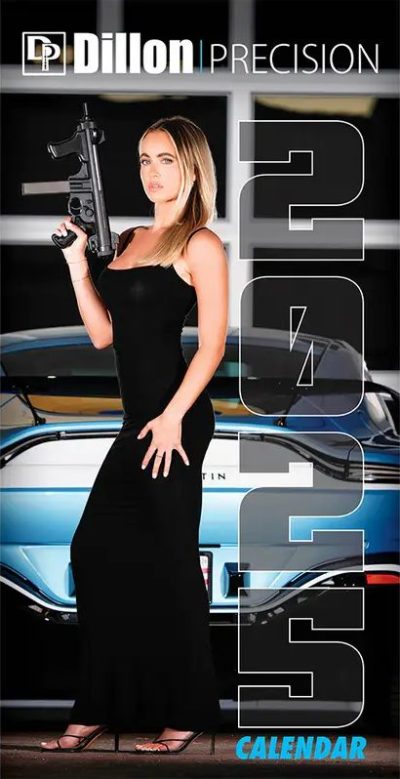


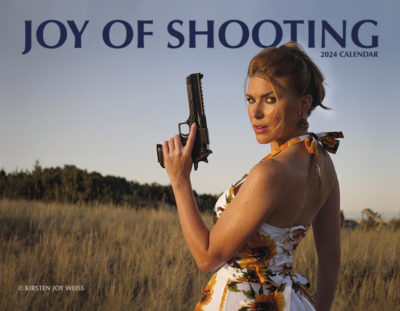


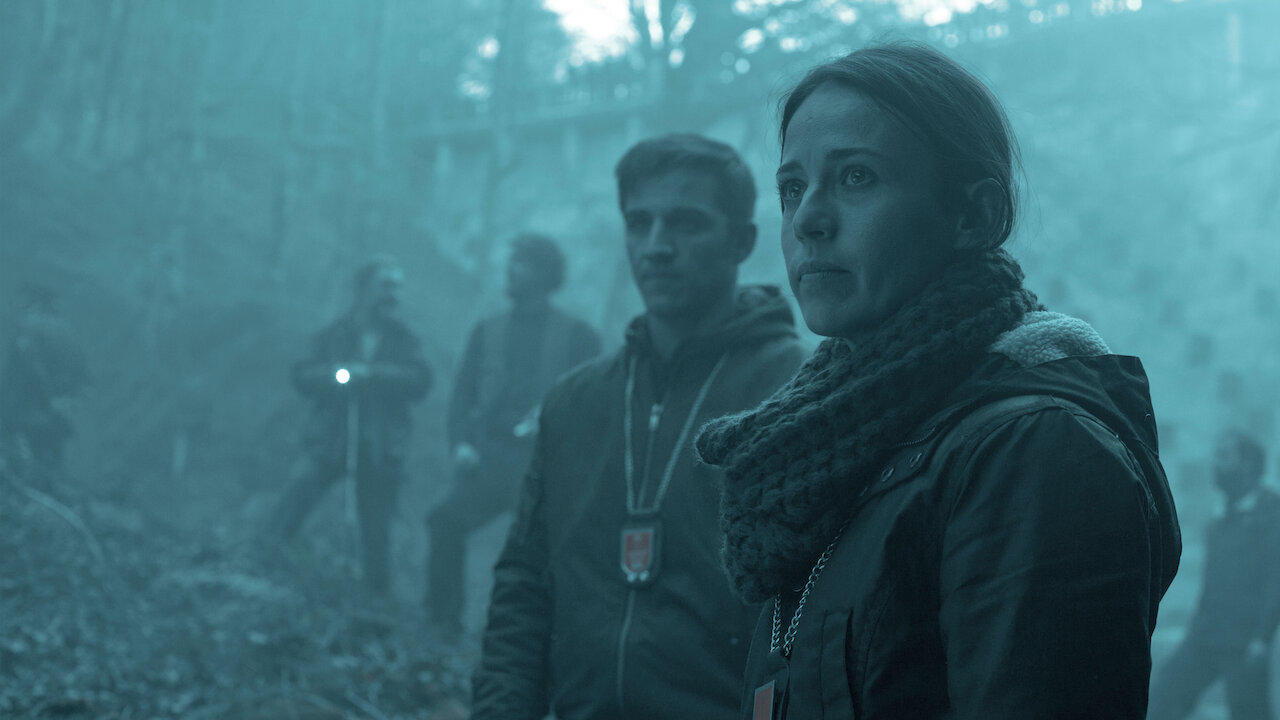 The Baztan trilogy consists of three movies, based on the novels by Dolores Redondo. The setting for these is a small area in the Basque country of Spain, not far from the border with France. Much like the small-town English villages such as Miss Marple’s St. Mary Mead, or Death in Paradise‘s Honoré, the murder rate in this charming and picturesque area appears to rival that of a South American war-zone. I guess you can describe the series as Español negro, being a Mediterranean-based version of Nordic noir. Like those, you have a detective with a troubled past, a history that frequently seeps into her current life, They are investigating crimes resulting from what’s unquestionably the darker side of human nature, and the results are uncomfortably close to home.
The Baztan trilogy consists of three movies, based on the novels by Dolores Redondo. The setting for these is a small area in the Basque country of Spain, not far from the border with France. Much like the small-town English villages such as Miss Marple’s St. Mary Mead, or Death in Paradise‘s Honoré, the murder rate in this charming and picturesque area appears to rival that of a South American war-zone. I guess you can describe the series as Español negro, being a Mediterranean-based version of Nordic noir. Like those, you have a detective with a troubled past, a history that frequently seeps into her current life, They are investigating crimes resulting from what’s unquestionably the darker side of human nature, and the results are uncomfortably close to home.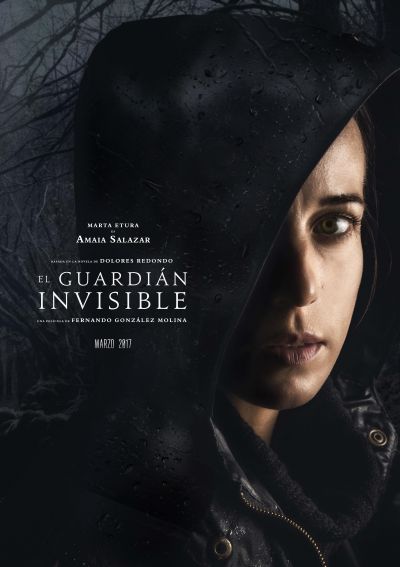 I’ve traveled a fair bit around Spain and Mediterranean Europe in my time, and the weather was never as unremittingly
I’ve traveled a fair bit around Spain and Mediterranean Europe in my time, and the weather was never as unremittingly  We jump ahead about a year for the second installment. Amaia Salazar (Etura) has now had the baby she announced she was expecting during the first film, and is adjusting to the need for balance between her career and motherhood, with her husband, James. After completing her maternity leave, she returns to work, and is put on a case of church desecration with cult undertones, at the request of the enigmatic Fr. Sarasola (Arias). This is tied to the Cagots, a historically persecuted group native to the region. Simultaneously, there is an ongoing string of murderers committing suicide, each leaving behind a one-word message: “Tartalo”. It’s a reference to a baby-eating giant from Basque mythology, and seems to be linked to the cave of remains found in the previous film.
We jump ahead about a year for the second installment. Amaia Salazar (Etura) has now had the baby she announced she was expecting during the first film, and is adjusting to the need for balance between her career and motherhood, with her husband, James. After completing her maternity leave, she returns to work, and is put on a case of church desecration with cult undertones, at the request of the enigmatic Fr. Sarasola (Arias). This is tied to the Cagots, a historically persecuted group native to the region. Simultaneously, there is an ongoing string of murderers committing suicide, each leaving behind a one-word message: “Tartalo”. It’s a reference to a baby-eating giant from Basque mythology, and seems to be linked to the cave of remains found in the previous film.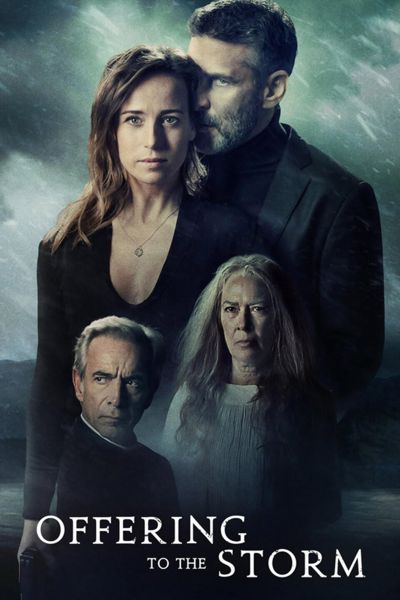 Oh, dear. I think it’s probably been a very long while since I’ve been so underwhelmed by the finale of a trilogy. All the pieces were in place, after the first two entries, for a grandstand finish to the series. But the script basically fumbles things in every conceivable way, pushing to the front elements that you really don’t care about, while all but discarding things that seemed of crucial importance. There is an effort to tie everything together, with the various crimes from its predecessors being linked into an occult conspiracy in which members of a Satanic circle sacrifice baby girls, and receive worldly power in exchange. This aspect is okay, Amaia having to go up against a group whose power is embedded at the highest levels of local society. The creepiest element is perhaps that the sacrifices seem to
Oh, dear. I think it’s probably been a very long while since I’ve been so underwhelmed by the finale of a trilogy. All the pieces were in place, after the first two entries, for a grandstand finish to the series. But the script basically fumbles things in every conceivable way, pushing to the front elements that you really don’t care about, while all but discarding things that seemed of crucial importance. There is an effort to tie everything together, with the various crimes from its predecessors being linked into an occult conspiracy in which members of a Satanic circle sacrifice baby girls, and receive worldly power in exchange. This aspect is okay, Amaia having to go up against a group whose power is embedded at the highest levels of local society. The creepiest element is perhaps that the sacrifices seem to 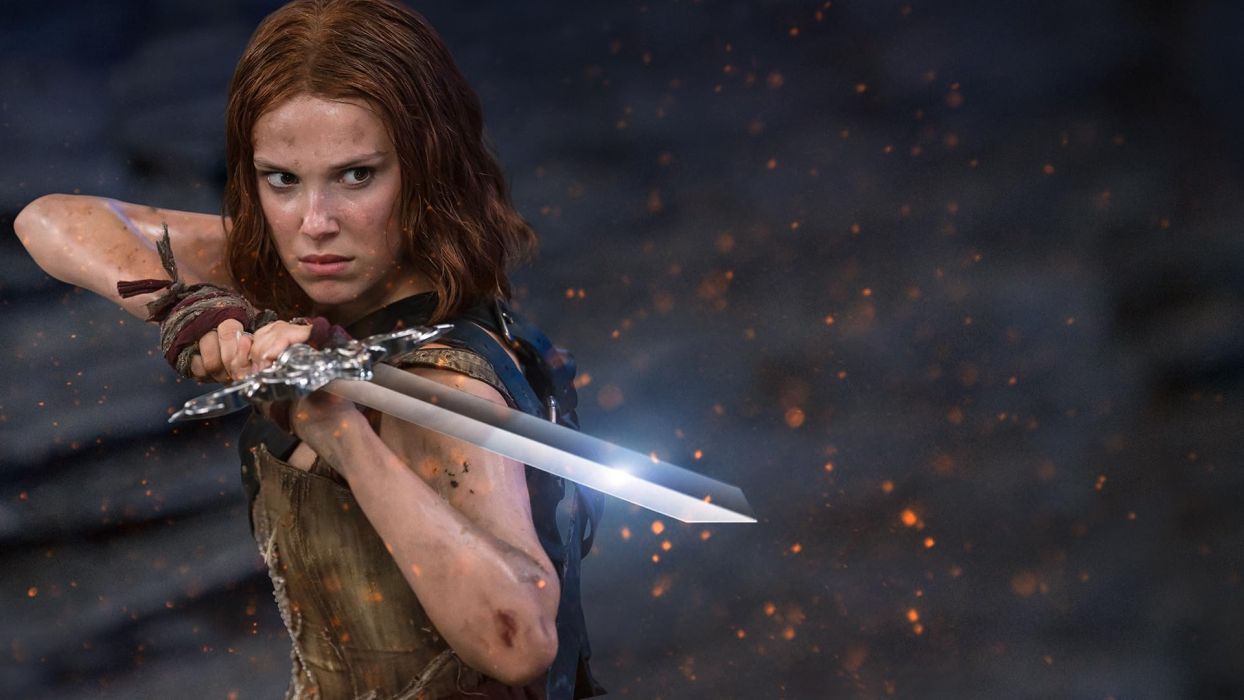 Let’s be completely clear. 2023 was a dismal year for the genre, probably the worst in the decade or so I’ve been doing these annual previews. Of all the films listed in
Let’s be completely clear. 2023 was a dismal year for the genre, probably the worst in the decade or so I’ve been doing these annual previews. Of all the films listed in 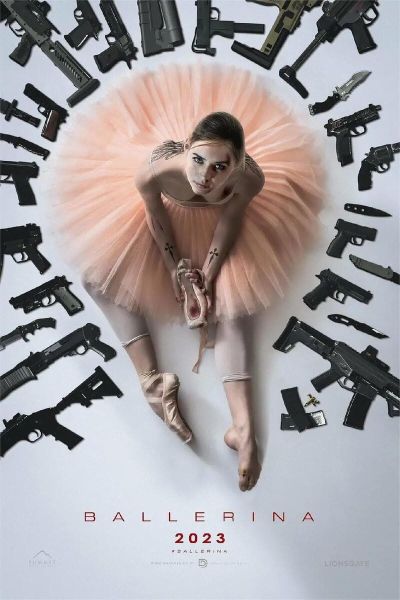 Ballerina (June 7)
Ballerina (June 7)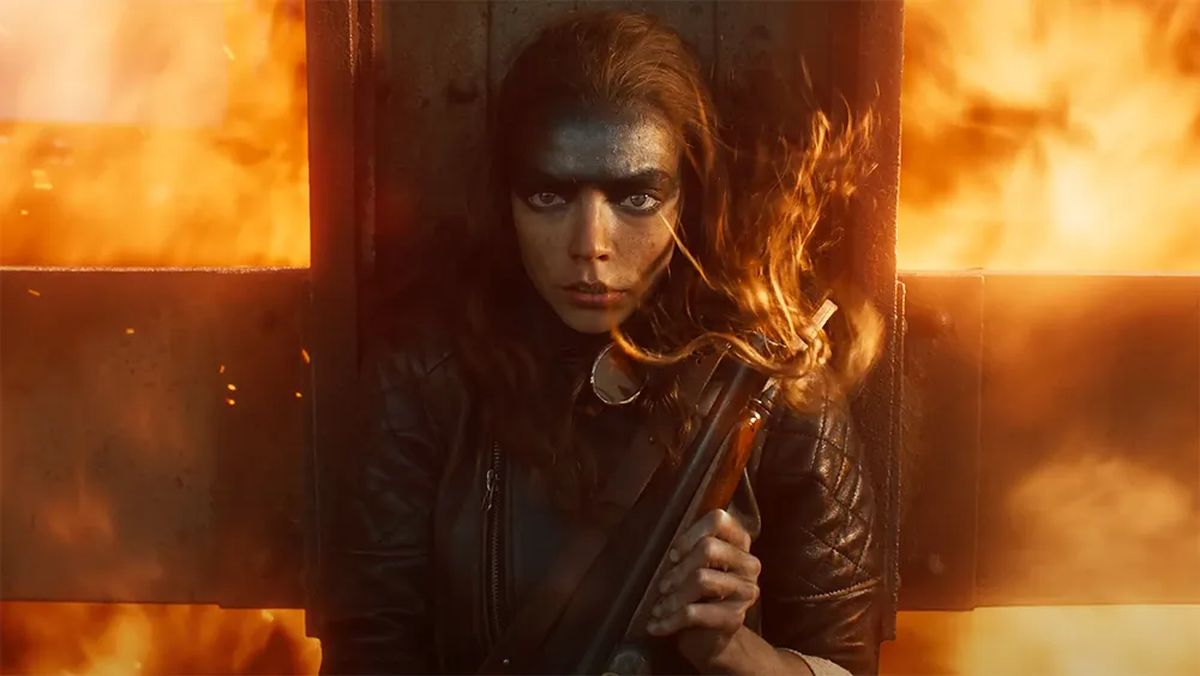 Furiosa (May 24)
Furiosa (May 24) Griselda (January 25)
Griselda (January 25) Welcome to our 14th annual round-up of girls with guns calendars. We really need to get out more. :) It’s an indication that another year is nearly in the books. GWG-wise, it has been very quiet, with hardly any theatrical releases to speak of. More of that when we do our 2024 preview next month. Amusing to read last year’s round-up, where I talked excitedly about possibly moving to a different state in 2023. Didn’t happen. Still here. 2024, on the other hand… But I’ve learned my lesson, and will say nothing more predictive than “We’ll see…”
Welcome to our 14th annual round-up of girls with guns calendars. We really need to get out more. :) It’s an indication that another year is nearly in the books. GWG-wise, it has been very quiet, with hardly any theatrical releases to speak of. More of that when we do our 2024 preview next month. Amusing to read last year’s round-up, where I talked excitedly about possibly moving to a different state in 2023. Didn’t happen. Still here. 2024, on the other hand… But I’ve learned my lesson, and will say nothing more predictive than “We’ll see…”


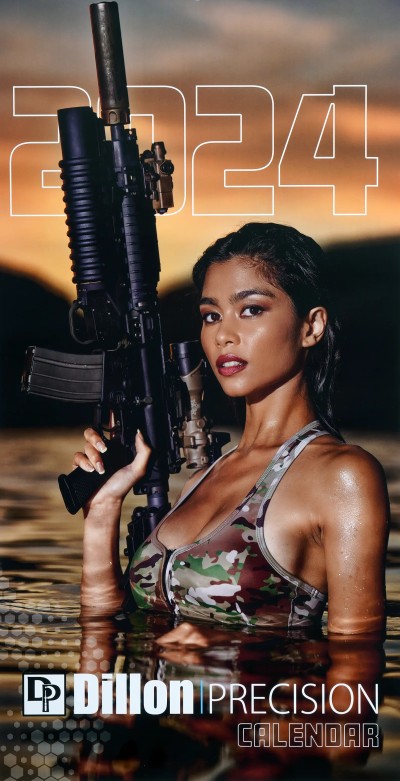




 Mission: Impossible 2 (2000) – Thandie Newton as Nyah Nordoff-Hall
Mission: Impossible 2 (2000) – Thandie Newton as Nyah Nordoff-Hall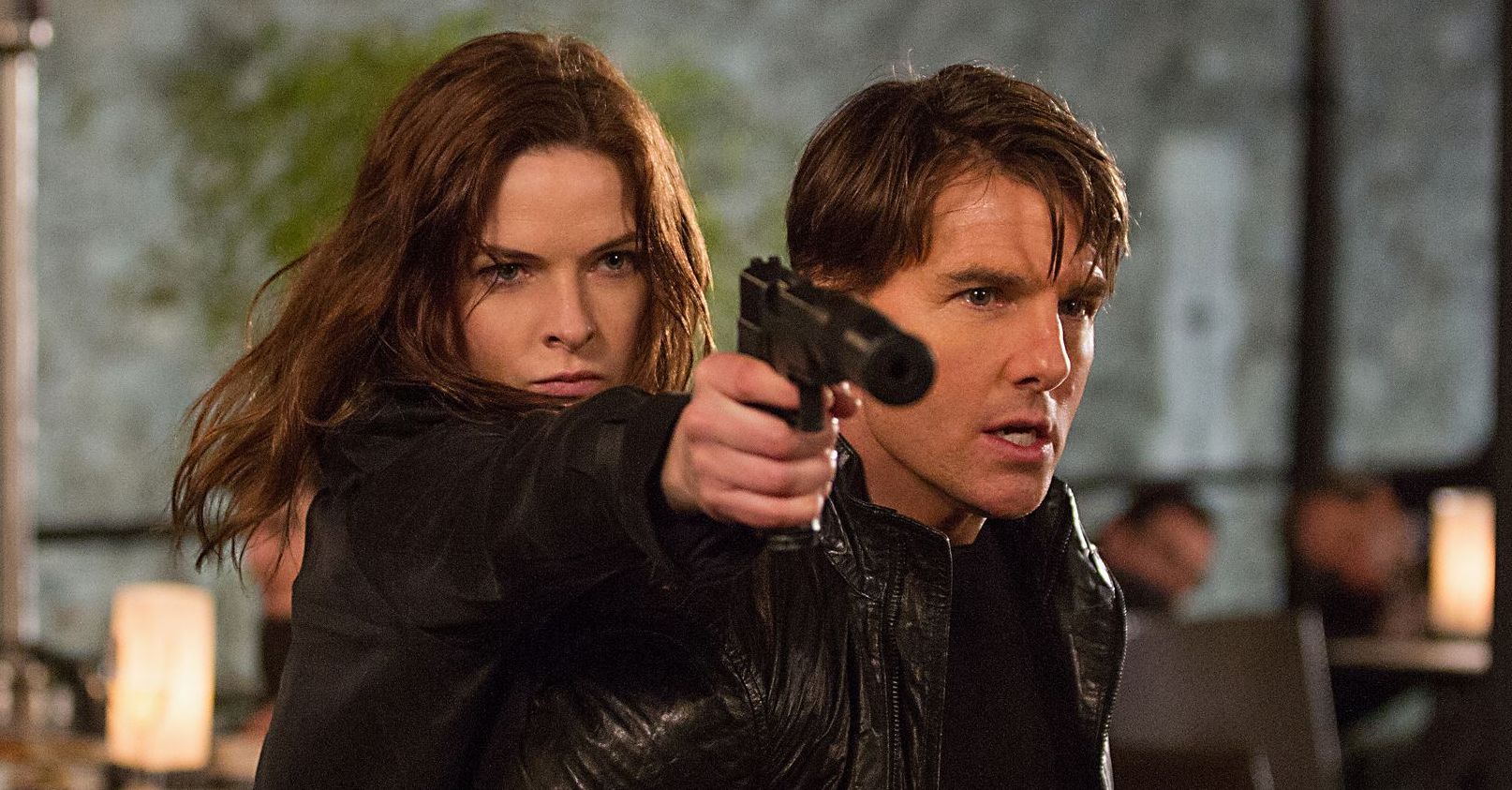
 Mission: Impossible – Fallout (2018) – Vanessa Kirby as Alanna Mitsopolis, the White Widow
Mission: Impossible – Fallout (2018) – Vanessa Kirby as Alanna Mitsopolis, the White Widow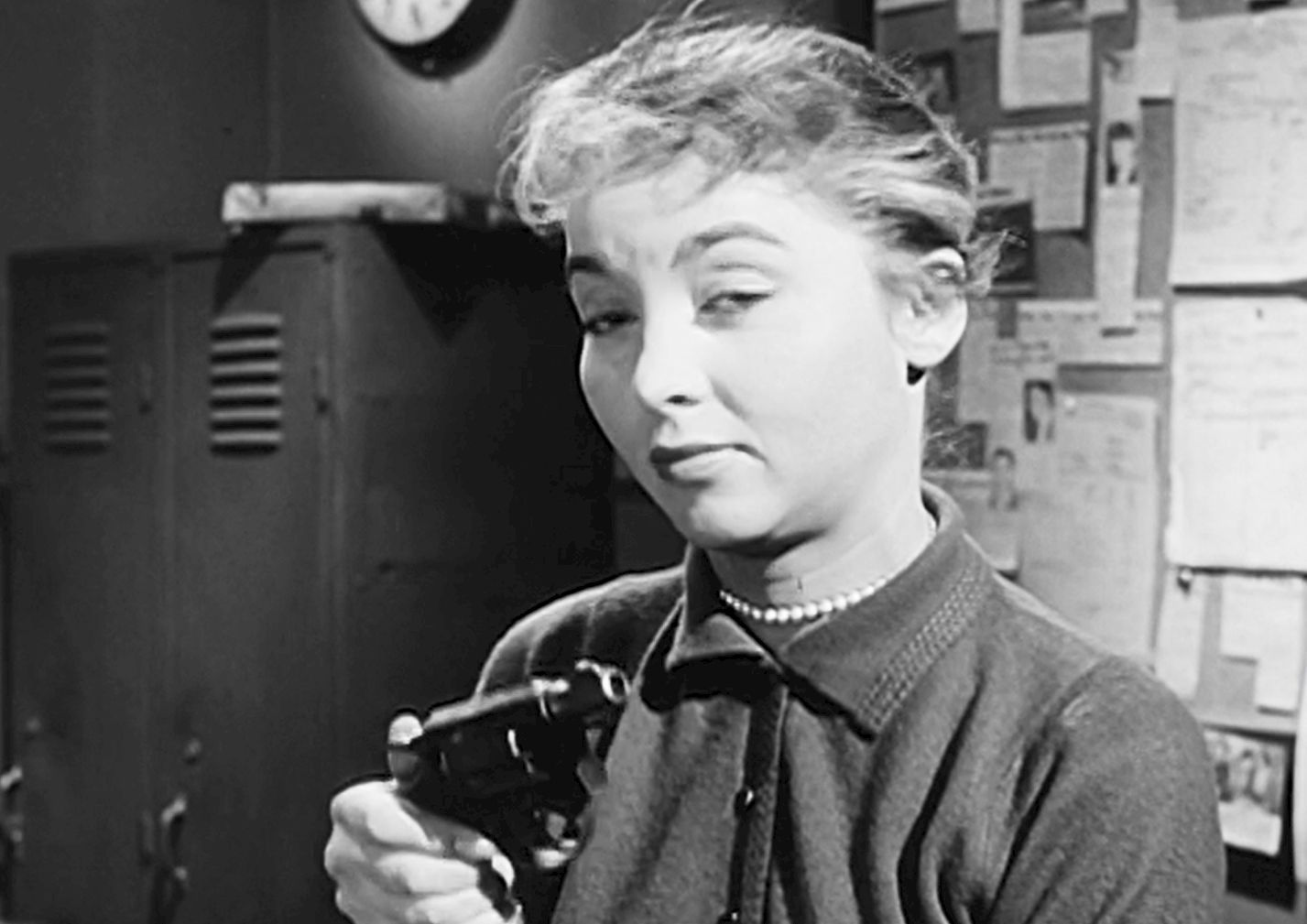
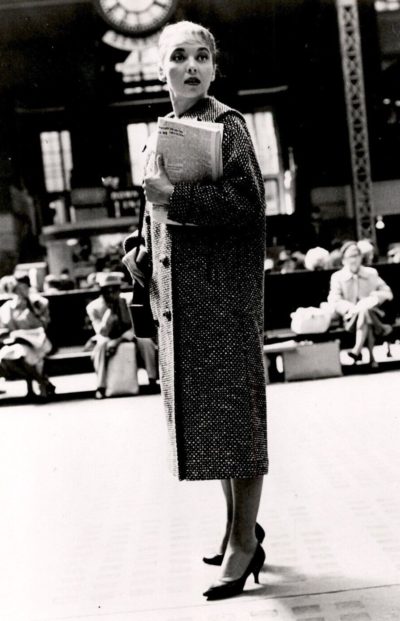 With a lot of voice-overs, the style feels reminiscent of Dragnet, which had been a very popular show for most of the fifties. Each episode opens with a stern reminder: “Presented as a tribute to the Bureau of Policewomen, Police Department, City of New York,” and centre on the cases worked by Patricia “Casey” Jones (Garland). As the title suggests, most of them involve Jones going undercover in some guise. That covers an extremely broad range of assignments, from a photographer to a junkie, a nurse to a blackmailer, a high society girl to a prisoner. However, some of the episodes do not require such subterfuge, though there is a tendency for these crimes she is given for investigation to be fairly gynocentric, e.g. trying to find a delinquent father.
With a lot of voice-overs, the style feels reminiscent of Dragnet, which had been a very popular show for most of the fifties. Each episode opens with a stern reminder: “Presented as a tribute to the Bureau of Policewomen, Police Department, City of New York,” and centre on the cases worked by Patricia “Casey” Jones (Garland). As the title suggests, most of them involve Jones going undercover in some guise. That covers an extremely broad range of assignments, from a photographer to a junkie, a nurse to a blackmailer, a high society girl to a prisoner. However, some of the episodes do not require such subterfuge, though there is a tendency for these crimes she is given for investigation to be fairly gynocentric, e.g. trying to find a delinquent father.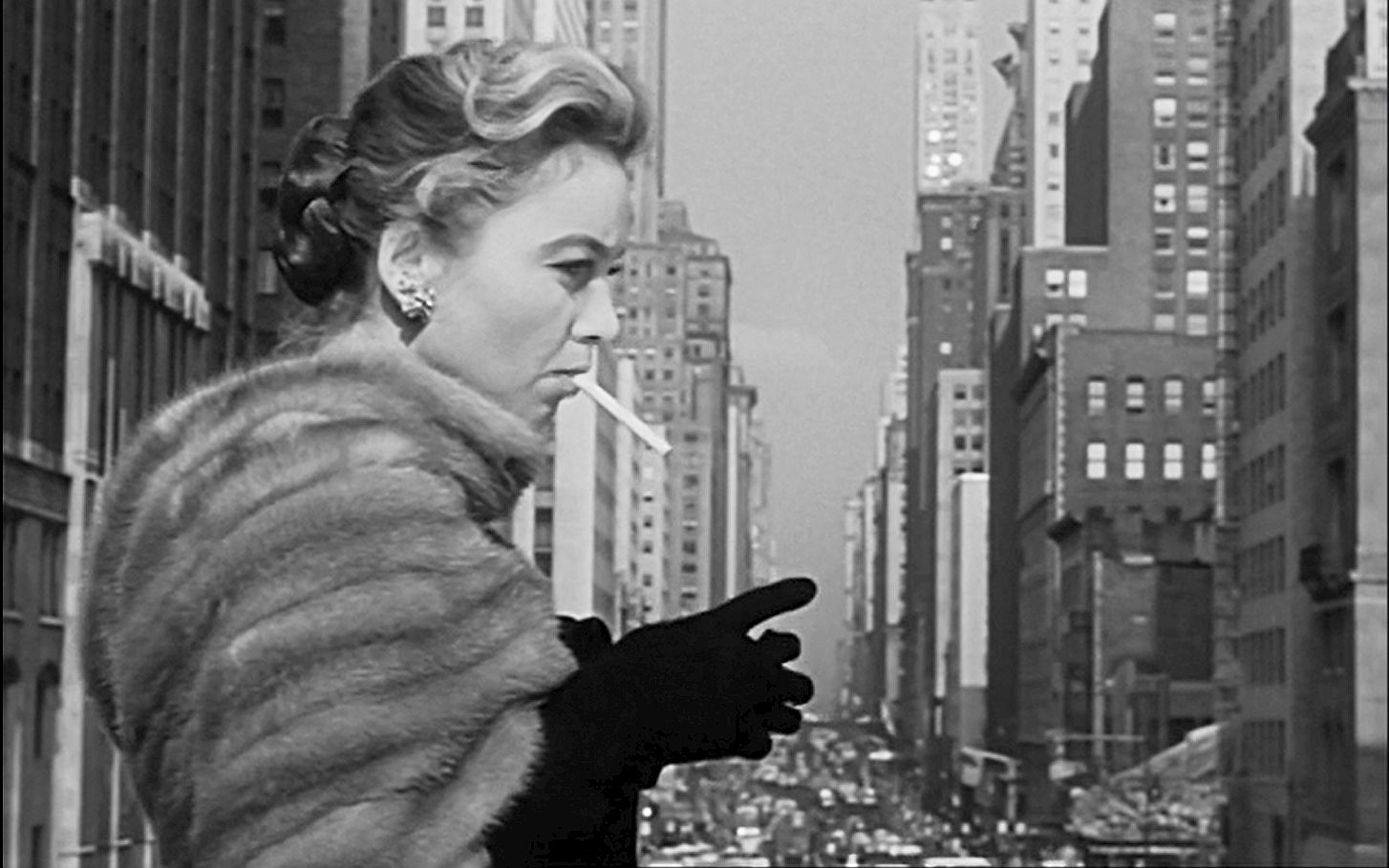
 This article was inspired by my mild irritation at documentary film
This article was inspired by my mild irritation at documentary film 
 This bio-pic of aviator Amy Johnson appeared in British cinemas a scant eighteen months after she disappeared over the River Thames. That put its release squarely in the middle of World War II, and explains its nature which, in the later stages, could certainly be called propaganda. There’s not many other ways to explain pointed lines like “Our great sailors won the freedom of the seas. And it’s up to us to win the freedom of the skies. This is first said during a speech given by Johnson in Australia, then repeated at the end, over a rousing montage of military marching and flying. I almost expected it to end with, “Do you want to know more?”
This bio-pic of aviator Amy Johnson appeared in British cinemas a scant eighteen months after she disappeared over the River Thames. That put its release squarely in the middle of World War II, and explains its nature which, in the later stages, could certainly be called propaganda. There’s not many other ways to explain pointed lines like “Our great sailors won the freedom of the seas. And it’s up to us to win the freedom of the skies. This is first said during a speech given by Johnson in Australia, then repeated at the end, over a rousing montage of military marching and flying. I almost expected it to end with, “Do you want to know more?” It’s interesting to compare the approach taken in this biopic of aviation heroine Amy Johnson, made in 1984, with the one over 40 years earlier (and shortly after her death) in
It’s interesting to compare the approach taken in this biopic of aviation heroine Amy Johnson, made in 1984, with the one over 40 years earlier (and shortly after her death) in 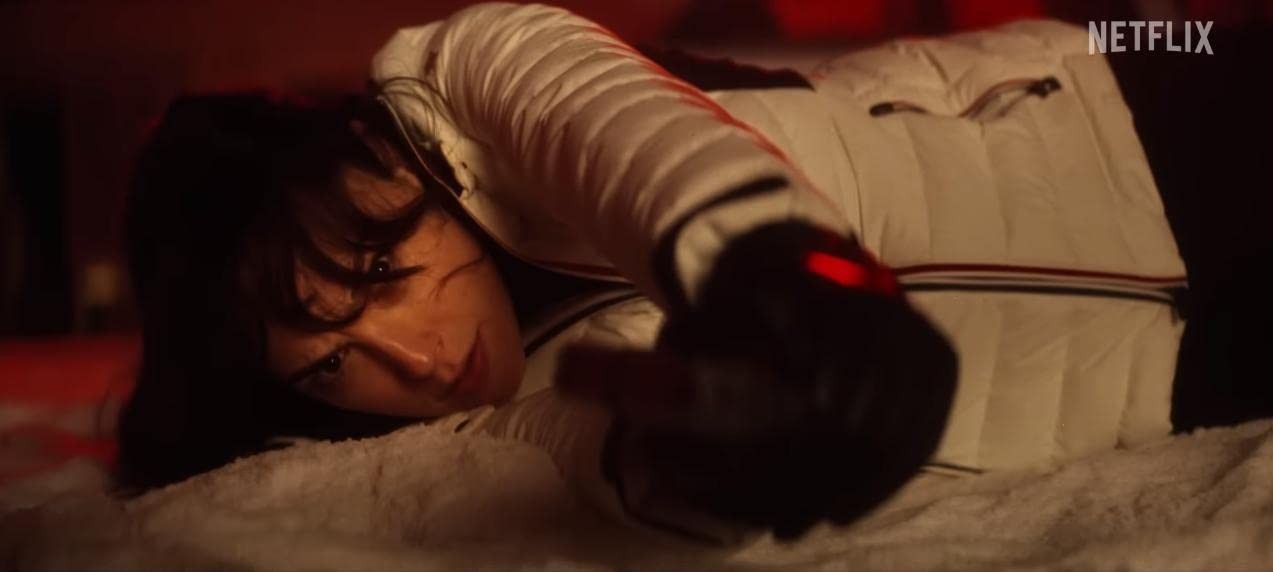 It’s always interesting to look back at the
It’s always interesting to look back at the 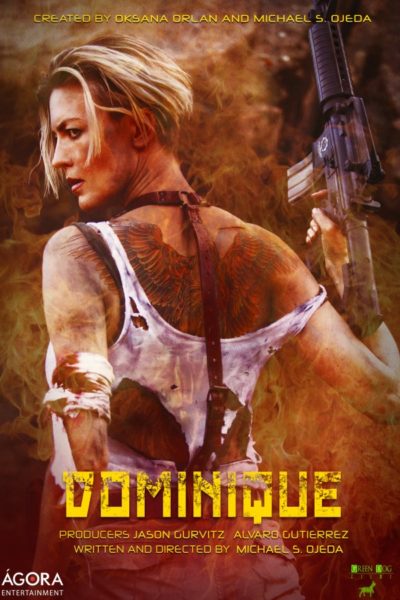 Dominique: Rise of the Phoenix (January)
Dominique: Rise of the Phoenix (January) Night Train (January 13)
Night Train (January 13)








